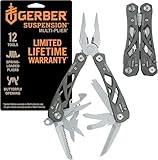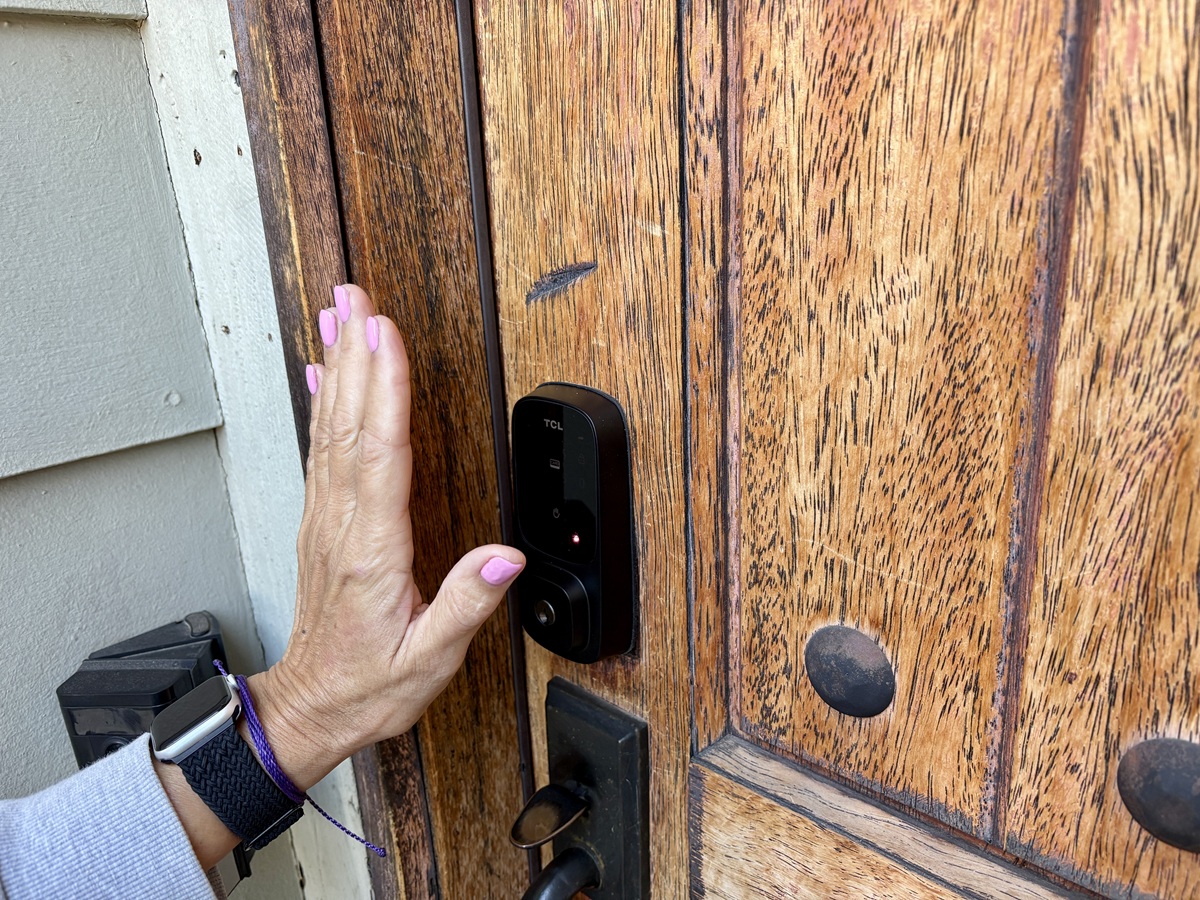
REVIEW – Recently, I installed a fingerprint smart lock on my garage access door, and it’s been so convenient! But for some family members, the fingerprint reader is a hit or miss. When the TCL D1 Pro Palm Vein Smart Lock came up for a review, I knew I wanted to try it. How well did it read our palms? Was this the smart lock that would work for everyone? Read on to find out!
⬇︎ Jump to summary (pros/cons)
Price: $199.99
Where to buy: Amazon
What is it?
The TCL D1 Pro Palm Vein Smart Lock is a lock that allows for 5 ways of entry (palm, passcode, key, fob, app).
What’s included?
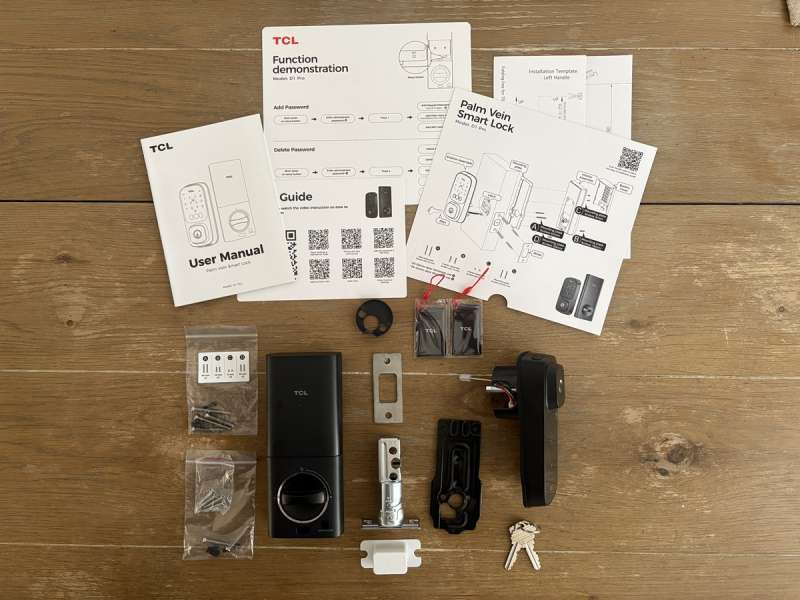
- Front Lock
- Rear Lock
- Lock Cyclinder
- Lithium Battery
- Fobs (x 2)
- Screw Accessories Package
- Video Guide Card
- Instructions
Tech Specs
- Palm Capacity: 50 Groups
- NFC Capacity: 50 Groups
- Password Capacity: 1 Administrator and 49 Groups
- Battery: 7800mAh Rechargeable
- Operating Environment -4ºF/-20ºC to +140ºF/+60ºC
- Door Thickness: 1-3/8″ (35mm) to 2-1/8″ (55mm)
- Door Backset: 2-3/8″ (60mm) and 2-3/4″ (70mm)
- Door Hole Diameter: 38mm and 54mm
- IP54 Weatherproofing
- Emergency Power Supply
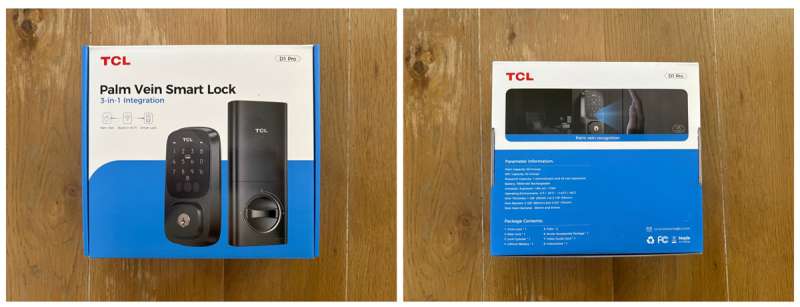
Design and features
The main feature that I was interested in reviewing was the functionality of the palm vein recognition. Having just installed a fingerprint smart lock (U-Tex ULTRALOQ), I am familiar with some common features of many smart locks.
While fingerprint security is fairly commonplace, as used on smartphones, tablets, gun safes, etc, I wasn’t sure how security palm security is. This led me down a rabbit hole of sorts and concluded that palm vein security is just as secure as fingerprints and there are some cases where it may be more secure. Like our fingerprints, our palms contain a unique set of ridges, creases, and line patterns. The FBI uses palm print scanning as part of its Next Generation Identification (NGI) system. After researching, I felt comfortable and safe to use this technology for my home.
As mentioned above, the fingerprint smart locks I previously installed weren’t as consistent for some of my family members. In the user guide for the TCL D1 Pro Palm Vein Smart Lock, it states that some reasons for this can be attributed to dry skin, lotioned skin, or even just wet or damp fingertips. With the palm vein technology, those conditions aren’t factors as the palm readings are truly touchless and hygienic.
In addition to using my palm to unlock my door, I can set up a passcode, use a provided physical key, use a provided key fob, or use the app. I especially like the idea of a fob.
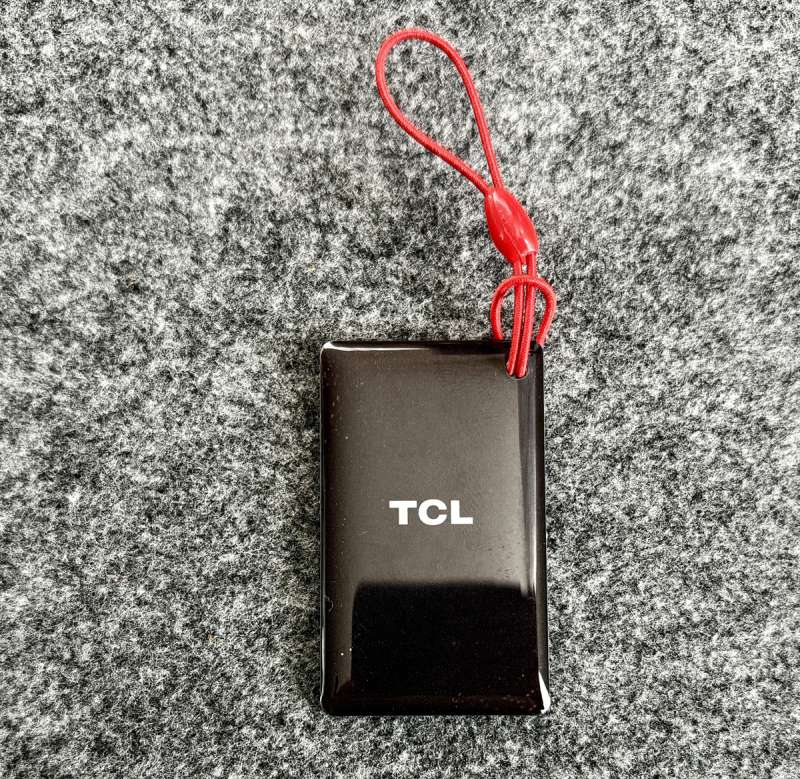
Another feature that I like is that there is an emergency USB-C power outlet just in case I miss the recharge warning through the app. This gives me peace of mind if an emergency pops up.

Speaking of batteries, the TCL D1 Pro Palm Vein Smart Lock has a rechargeable battery that charges via USB-C. According to the provided documentation, the battery should last about six months.
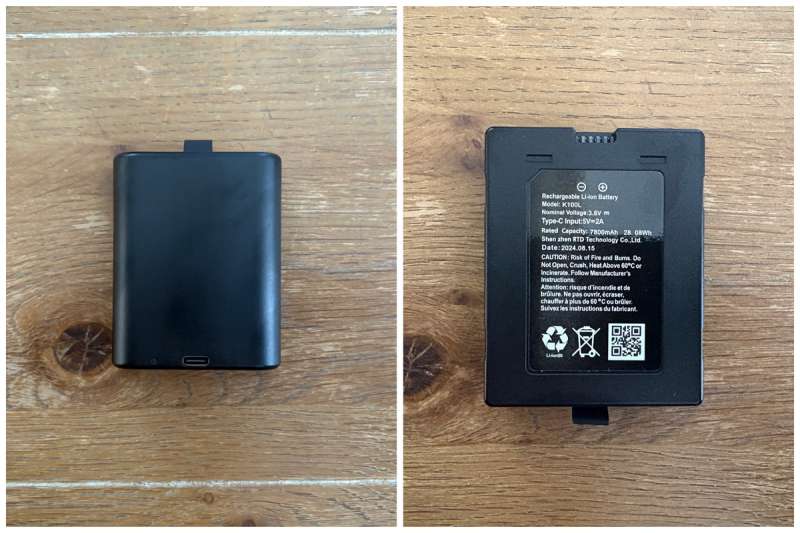
I do have a few gripes though. The TCL D1 Pro Palm Vein Smart Lock works with Google Home and Alexa, but not with Apple HomeKit and this generation doesn’t support the Matter standard. The app needed to set up the smart locks is the Smart Life app. It’s a generic smart home app that many different manufacturers use. It was kind of clunky to set up but was eventually able to figure it out. Then to add it to Google Home, I had to add Smart Life, not TCL.
Another inconvenience is that individual members needed to install Smart Life before they could register their access. With my other smart locks, I am the administrator and can add their fingerprint through the app on my phone. With the Smart Life app, I did find a way to add their palms and passcode under my member name, but anytime they unlock the door, my name shows up. It’s not too big of a deal for me as I also have a Ring doorbell for video auditing if necessary.
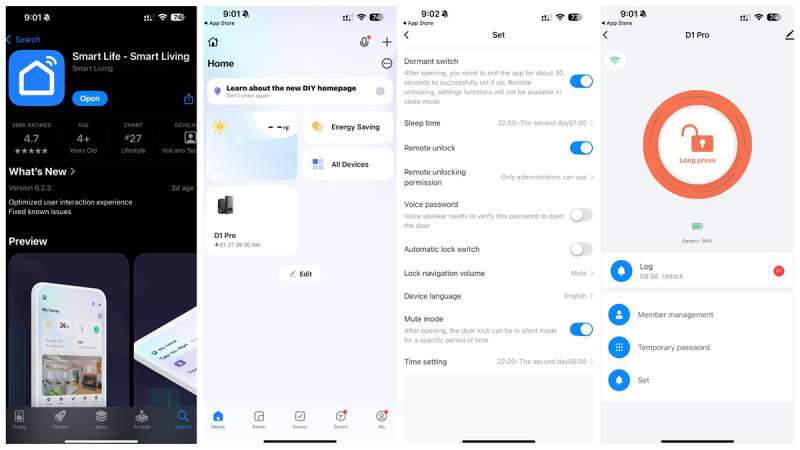
Once I got the TCL D1 Pro Palm Vein Smart Lock installed and configured, it worked well and access was fast. It is a little different and takes some getting used to, but all my family experienced good results with their palms.
Assembly, Installation, Setup
Installation was straightforward and only took about 10 minutes. I removed the existing deadbolt, lock cylinder, and strike plate. The instructions included in the TCL D1 Pro Palm Vein Smart Lock package were easy to follow and I did not need to do any modification to my door to use the smart lock.
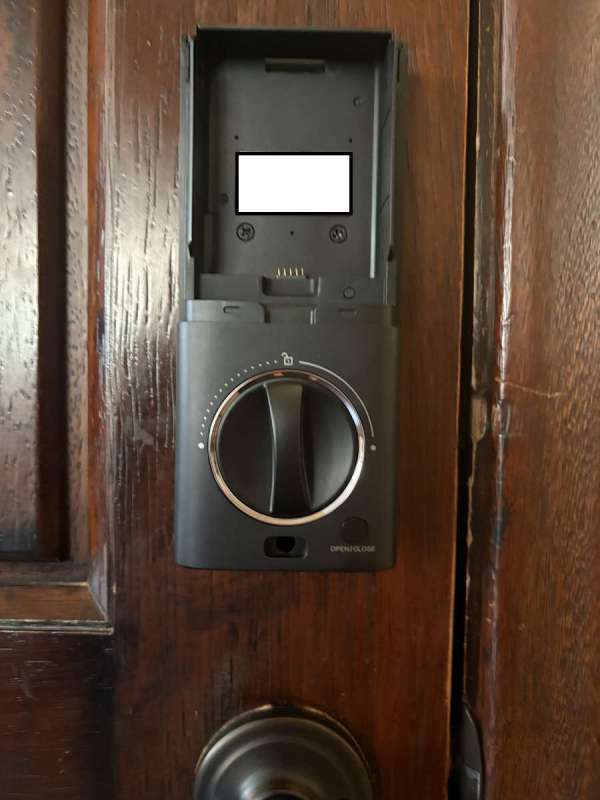
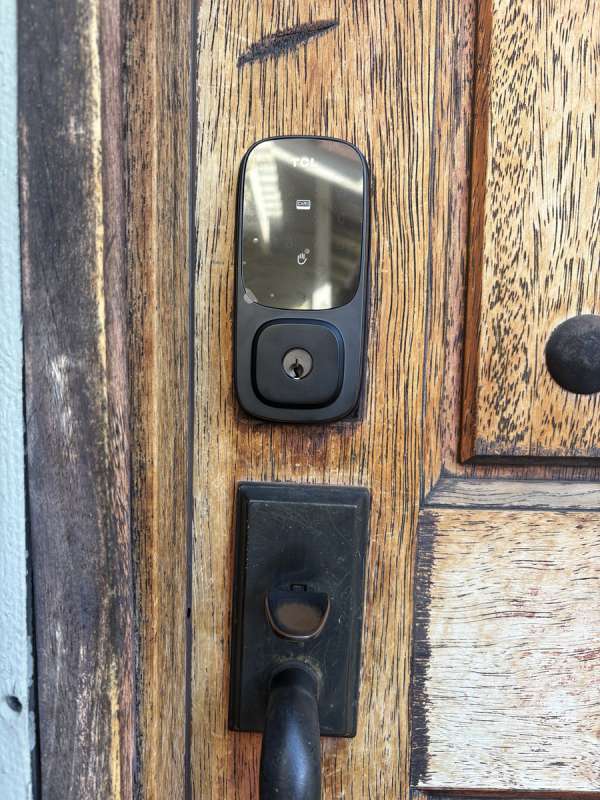
The most time-consuming and awkward part was setting up the smart lock through the Smart Life app mentioned above.
Performance
Overall, the TCL D1 Pro Palm Vein Smart Lock works well and my family members have more success unlocking the door with their palm rather than their fingerprints. One drawback to palm recognition is that the distance needs to be consistent, unlike the positive pressure of a fingerprint reader. For me, my fingerprint, not the other lock works almost every time and I need to get used to the proper distance for my palm.
Final thoughts
My existing keyed deadbolt was starting to stick and would take a couple of tries before the key would turn and unlock the door. And using the key late at night with little or no light would always take a little longer.
The TCL D1 Pro Palm Vein Smart Lock has solved both of those issues. The deadbolt moves consistently and quickly and the palm vein recognition technology works great in the dark.
I know that convenience and security are usually at opposite ends of the spectrum, but after researching the technology, I’m okay with meeting in the middle. I would recommend the TCL D1 Pro Palm Vein Smart Lock!
What I like about the TCL D1 Pro Palm Vein Smart Lock
- True “no-touch” entry
- Rechargeable battery
- Emergency power port
- Backup access methods (palm, password, fob, key, app)
What needs to be improved?
- not Apple Home Kit compatible
- uses the generic Smart Life app
- no door sensor to know if the door is open or closed
Price: $199.99
Where to buy: Amazon
Source: The sample of this product was provided for free by TCL. TCL did not have a final say on the review and did not preview the review before it was published.
Check out these other reviews!
- U-tec ULTRALOQ Bolt fingerprint smart Wi-Fi deadbolt door lock review
- Elamor M12 Touchscreen Entry Door Lock review
- Proscenic Security Fingerprint Door Lock review


